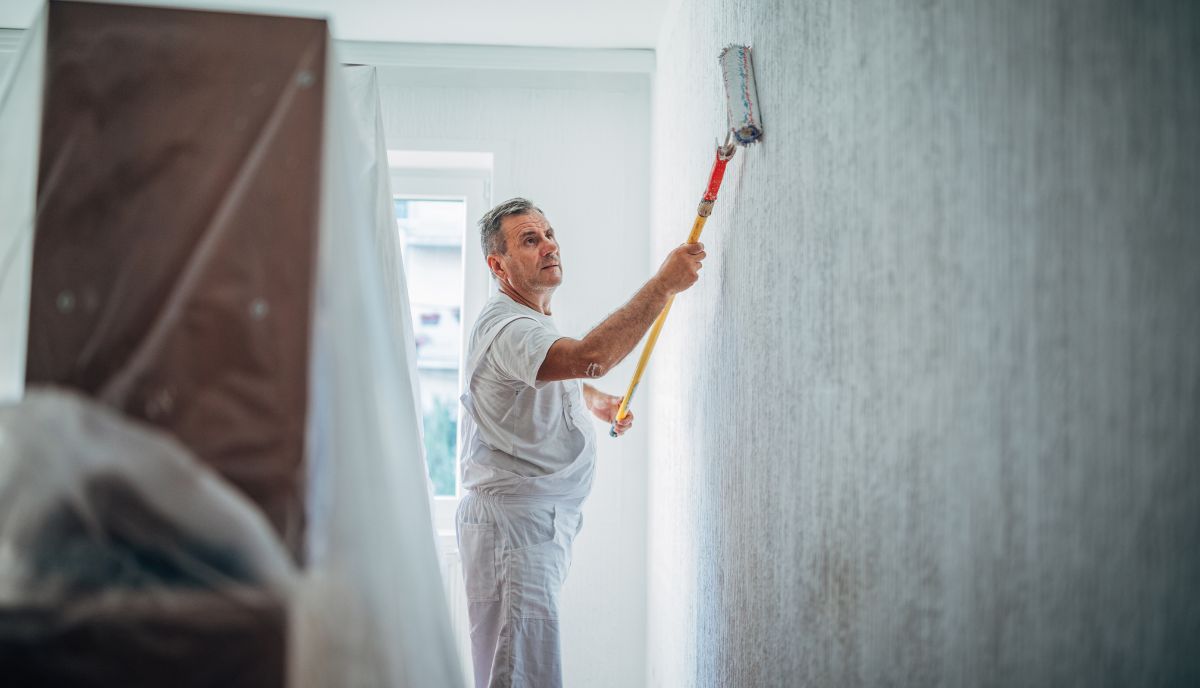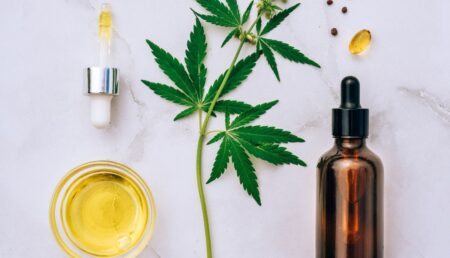
Is it safe to use exterior paint inside? is a common question that people often ask. This is a difficult question to answer because there are many factors to consider. A few of those factors are the surface you’re painting, what the paint is made of, and how much ventilation the room has. In general, though, most experts agree that it’s not safe for interior surfaces, but there are exceptions. If you have any concerns about using exterior paint inside your home, it’s best to consult an expert who can advise you on the specifics of your situation. For example, if you decide to go ahead with using the exterior paint inside, then follow these guidelines:
What Is Exterior Paint?
Exterior paint is typically used to protect the outside of a house or building from weather and sun damage. However, exterior paints can be used inside as well. This type of paint is usually thicker than interior paint because it has to withstand outdoor elements such as ultraviolet rays, water, and temperature fluctuations. Exterior paints also have greater coverage because they are designed for larger surfaces. Interior paint is available in many different sheens including flat, eggshell, semi-gloss and gloss. The sheen should correspond with the desired result: if you want a more matte finish then choose flat or eggshell; if you want more shine then choose semi-gloss or gloss. The downside to exterior paints is that they do not wash off easily so care should be taken when painting on windowsills, floors and other areas where cleanliness matters.
Bases
Exterior paints are designed to be used outside, but you can still use them indoors. However, there are a few considerations to make before deciding if you want to paint your indoor space with an exterior-grade paint. First of all, will the color scheme work in both spaces? Some people prefer a light pastel or neutral color for their interior decorating and may not have the same type of furniture and decorations that would work well in an outdoor space. The next consideration is the finish. If you don’t like the glossy look of most exterior paints, then it may not be a good idea to use one inside your home. Finally, think about what is going on in your indoor environment that could cause damage over time to your newly painted walls.
Pigments
House paints are typically made up of pigments, water, and a binder. The binder helps give the paint its thickness and consistency. Different pigments will have different colors. Pigments can be organic or inorganic. Organic pigments are usually natural substances like plant matter or animal bones that have been ground up into a powder form. Inorganic pigments are usually minerals from the earth such as copper oxide (rust). There are two types of binders: oil and acrylics. Oil binders will make the paint more opaque and less bright while acrylics will make it more transparent, which means it doesn’t cover up as much surface area but has better coverage on small details and surfaces that need to be glossy or shiny when finished.
Additives
Yes, you can. The key is to find a high-quality, water-based or latex-based paint that has been formulated for use on interior walls. You don’t want to use oil based paints because they emit fumes and are more difficult to work with.
There are some special considerations when painting an interior wall that have not been mentioned in this post. If you’re unsure of whether it’s safe to do so, consult a professional or ask the manufacturer directly before proceeding with your project. What if I’m using oil-based paint?
Oil-based paints are sometimes too thick and heavy to be used on an interior surface like drywall. It might require additional preparation time as well as multiple coats of paint (the drying time between each coat). That being said, if you still decide to go ahead with your idea after considering all of these things – make sure that the area is well ventilated.
Binders
This is a question we get often, and there are many factors that come into play when trying to answer it. If you’re looking for an all-around paint, then no – exterior paints are not meant to be used inside. However, if you’re looking for something more specific like a high gloss finish or the color white, then the answer may vary depending on the type of surface being painted and the brand of paint being used.
You can also find information about what type of material your walls are made out of by viewing the label on them (typically located in an inconspicuous spot). This will tell you what type of primer should be applied first before painting as well as any other recommended steps to take during painting.
Can You Use Exterior Paint Inside?
Yes, you can, but only if you have a hard time matching the colors. Remember that exterior paints are designed to withstand extreme weather conditions, so they might not be as vibrant or last as long when used inside. It’s also a good idea to seal the paint with a protective finish like polyurethane to protect it from damage and fading. You could also try mixing the exterior paint with an acrylic medium or water to give it more of an indoor feel. If all else fails, there are plenty of companies out there specializing in painting walls with other types of exterior paints for home improvement projects.
We recommend starting at your local hardware store because they may have both exterior and interior paints on hand to match your desired color scheme. They’ll also be able to answer any questions about how best to apply the paint. There are several different kinds of paints available for different purposes such as latex or oil-based products. Be sure to purchase one intended specifically for interior surfaces and make sure that it has a high enough level of quality (e.g., 400 series) so that it will last through regular wear-and-tear and produce rich colors over time. One important thing to keep in mind is whether the surface is flat or textured before choosing your paint.
Conclusion
Yes, you can technically use outdoor paints indoors, but it might not be a good idea. Outdoor paints are made to withstand the elements and can have strong odors that give off fumes, which is something that may not work well in an indoor space. Plus, an outside paint will typically dry slower than a paint made for interior walls. There’s also the issue of color-matching because outdoor paints often contain different pigments than those found in interior paints so your color scheme may be completely different. Finally, if your indoor space has ever been flooded or exposed to water, then you should never even think about using outdoor paints on the walls as this will only cause long-term issues like mildew and mold growth.












